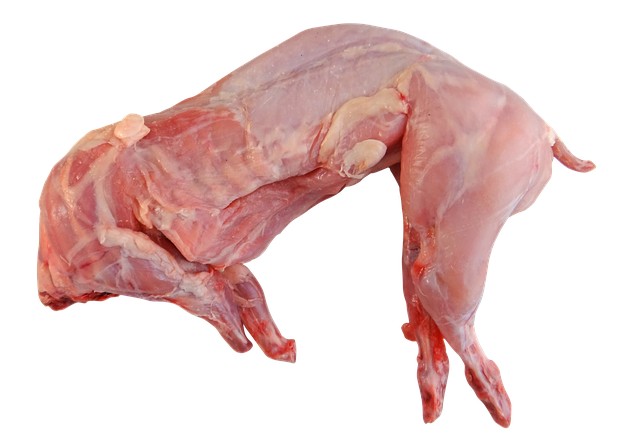
Game meats such as bison, venison, and rabbit can be easily sent through mail domestically. Because fresh meats are highly perishable, their freshness can be preserved throughout the shipping process by properly packing them with dry ice or cold gel packs. The cold temperature will keep bacteria at bay and prevent the meats from spoiling. Otherwise, unprocessed meats like these can easily spoil and become unsafe for consumption when exposed to low and changing temperatures. Here are some tips on how to pack and ship game meats:
1. Prepare the game meat by wrapping it in plastic wrap and placing it in a Ziplock bag. Freeze the meat thoroughly. Once completely frozen, wrap the meat with several layers of newspaper and place it inside a Styrofoam cooler.
2. Layer some dry ice in the bottom of the cooler. Place the wrapped game meat on top of the dry ice. Add more dry ice on top and sides of the meat. Make sure that the meat has no direct contact with the dry ice. Also, use gloves when handling dry ice to avoid getting burned. Cold packs can be used as an alternative to dry ice. They are not as cold but keep their temperature longer which is ideal for farther destinations. To prevent the meat and the dry ice from shifting inside the cooler, fill empty spaces with the newspaper. The amount of dry ice you will need depends on the amount of meat you will send. Rule of thumb is: 10 lbs. of dry ice will freeze up to 5 lbs of meat when shipped overnight.
3. Put the lid of the cooler on and seal the sides and corners with packing tape. However, leave one side unsealed to let carbon dioxide from the dry ice escape from the package as it turns into a gas. Observe the cooler for 10 minutes and see if the lid or the sides of the cooler bulges. If they do, it means the carbon dioxide from the dry ice cannot get out of the package. In such a case, open the cooler lid to release the gas and reseal, using less packing tape.
4. Get a shipping box that is slightly larger than the cooler. Place the cooler inside the box and fill empty spaces with crumpled newspaper to prevent the cooler from shifting inside the box during transit.
5. Close shipping box and seal with packaging tape. Make sure to poke some holes on the side of the box so gas from the dry ice can escape. Address the box and attach labels such as “Perishable” and “Handle with Care.” Take the package to your local post office and choose the fastest shipping option possible such as overnight mail or next day delivery.
6. Don’t forget to let the post office clerk know that you are shipping with dry ice. Remember that dry ice is considered as a hazardous material that should be declared and marked as such prior to shipping.
7. The best days to ship meats and other perishable items are on Mondays or Tuesdays to ensure that your package will not get stuck in a warehouse over the weekend.
8. Advise the recipient about the incoming package so they can receive the package and immediately refrigerate the contents upon arrival.
